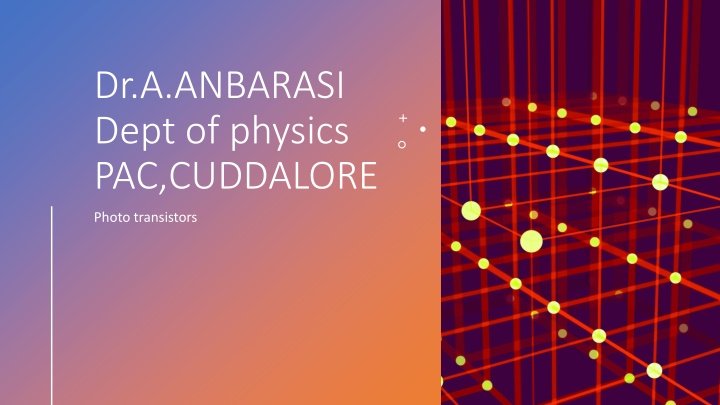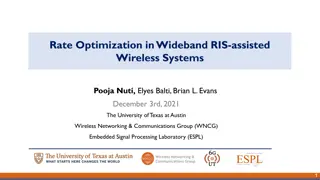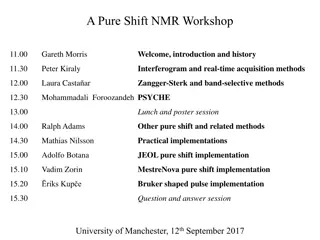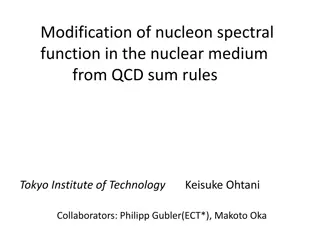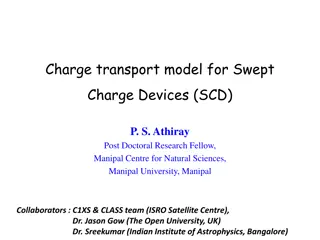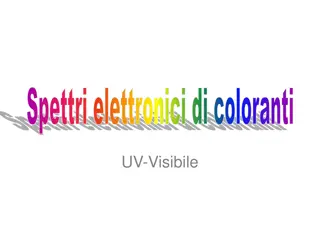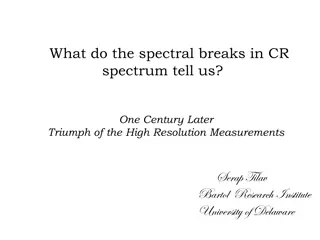Characteristics of Phototransistors: Spectral Response and More
Phototransistors detect incident radiation & alter current flow. Learn about construction, sensitivity, speed of response, and more. Explore their unique features and applications.
Download Presentation

Please find below an Image/Link to download the presentation.
The content on the website is provided AS IS for your information and personal use only. It may not be sold, licensed, or shared on other websites without obtaining consent from the author.If you encounter any issues during the download, it is possible that the publisher has removed the file from their server.
You are allowed to download the files provided on this website for personal or commercial use, subject to the condition that they are used lawfully. All files are the property of their respective owners.
The content on the website is provided AS IS for your information and personal use only. It may not be sold, licensed, or shared on other websites without obtaining consent from the author.
E N D
Presentation Transcript
Dr.A.ANBARASI Dept of physics PAC,CUDDALORE Photo transistors
Characteristics of phototransistors Spectral Response. The output of a phototransistor is dependent upon the wavelength of incident light. ... Sensitivity. ... Linearity. ... Collector-Emitter Saturation Voltage - V. ... Dark Current - (ID) ... Breakdown Voltages - (VBR) ... Speed of Response. ... Selecting a Photodetector.
definition A Phototransistor is a device that has the ability to detect the level of the incident radiation and accordingly change the flow of electric current between emitter and collector terminal. It is a 3-layer semiconductor device that consists of a light sensitive base region. It is basically a transistor whose action depends on the application of light. Hence named phototransistor.
Construction of phototransistor As we have already discussed that a phototransistor is nothing but a normal transistor whose action depends on the incident radiation falling at its base. At the time of constructing the phototransistor, the base and collector region is provided with a larger area in comparison to a normal BJT.
Here, as we can see that the light is majorly allowed to incident at the base collector junction. Initially, phototransistors were fabricated from silicon or germanium as their basic material that resultantly provides homojunction structure. However, in recent times, these are constructed using materials likes gallium or arsenide. Thereby, providing a heterojunction structure. This is so because these structures exhibit large conversion efficiency. This implies they are more capable of changing light energy into electrical energy as compared to homojunction transistors. Phototransistors are mainly enclosed in a metallic case that consists of the lens at the top in order to gather the incident radiation.
Here, the symbolic representation is almost similar to a normal BJT but the only variation is the presence of two inward arrows at the base region that shows the incident of light radiation.
Working of Phototransistor The operation of a phototransistor depends on the intensity of radiation falling at its base region. Its working is almost similar to a normal transistor, however; the variation lies in the input current that drives the circuit. And in the case of a phototransistor, the incident light generates driving current.
In the circuit arrangement, we can clearly see that the base region is kept unconnected with the external supply voltage and is used as the region for radiation incidence. Only the collector region is connected to the positive side of the supply provided along with emitter which is connected to the negative side. However, the output is taken at the emitter terminal of the transistor.
When no any light is allowed to incident at the base region of the transistor, the due to temperature variation, movement of minority carriers across the junction generates a very small current through the transistor which is reverse saturation current basically termed as dark current. Here, the base current IBis majorly 0. Here, in this case, the output current will be less as compared to supply provided. But, when a certain amount of light energy is allowed to fall at the base of the transistor, then electron and hole pair gets generated. The applied electric field causes the electrons to move into the emitter region, thereby generating large electric current.
As the intensity of the light falling at the base region is increased, the current through the device also increases. Here, the generated photocurrent majorly depends on the illumination provided to the base.
Here x-axis represents the voltage applied at the collector- emitter terminal of the transistor and the y-axis represents the collector current that flows through the device in mill amperes. As all the curves in the above figure are clearly indicating that current increases with the intensity of the radiation that falls at the base region.
Advantages of Phototransistor 1.These are a highly sensitive optoelectronic device. 2.It is less complex and inexpensive. 3.Phototransistors provides a large output current with high gain. Disadvantages of Phototransistor 1.It provides a low-frequency response. 2.In the case when a small amount of illumination is provided, the circuit is not able to detect it effectively. 3.Electric surges are more severe in phototransistors rather than a photodiode. 4.Phototransistors gets affected by the variation in electromagnetic energy.
Applications of phototransistor The applications of phototransistors are as follows: In light controlling and detection: As phototransistors are a very sensitive light detector. Thus these are widely used in light detection and controlling applications. In an indication of level and relays: The device finds its uses in indicating the level of some systems because of their light sensing ability. In counting systems: Phototransistors can be effectively utilized in counting systems. As it has tremendous ability to combinely operate as photodiode and transistors. Thus, failure of supply will not cause much adverse effects on the system. In punch card readers: Phototransistors widely finds its applications in punch card reading.
The phototransistor is made up of semiconductor material. When the light was striking on the material, the free electrons/holes of the semiconductor material causes the current which flows in the base region. The base of the phototransistor would only be used for biasing the transistor.
